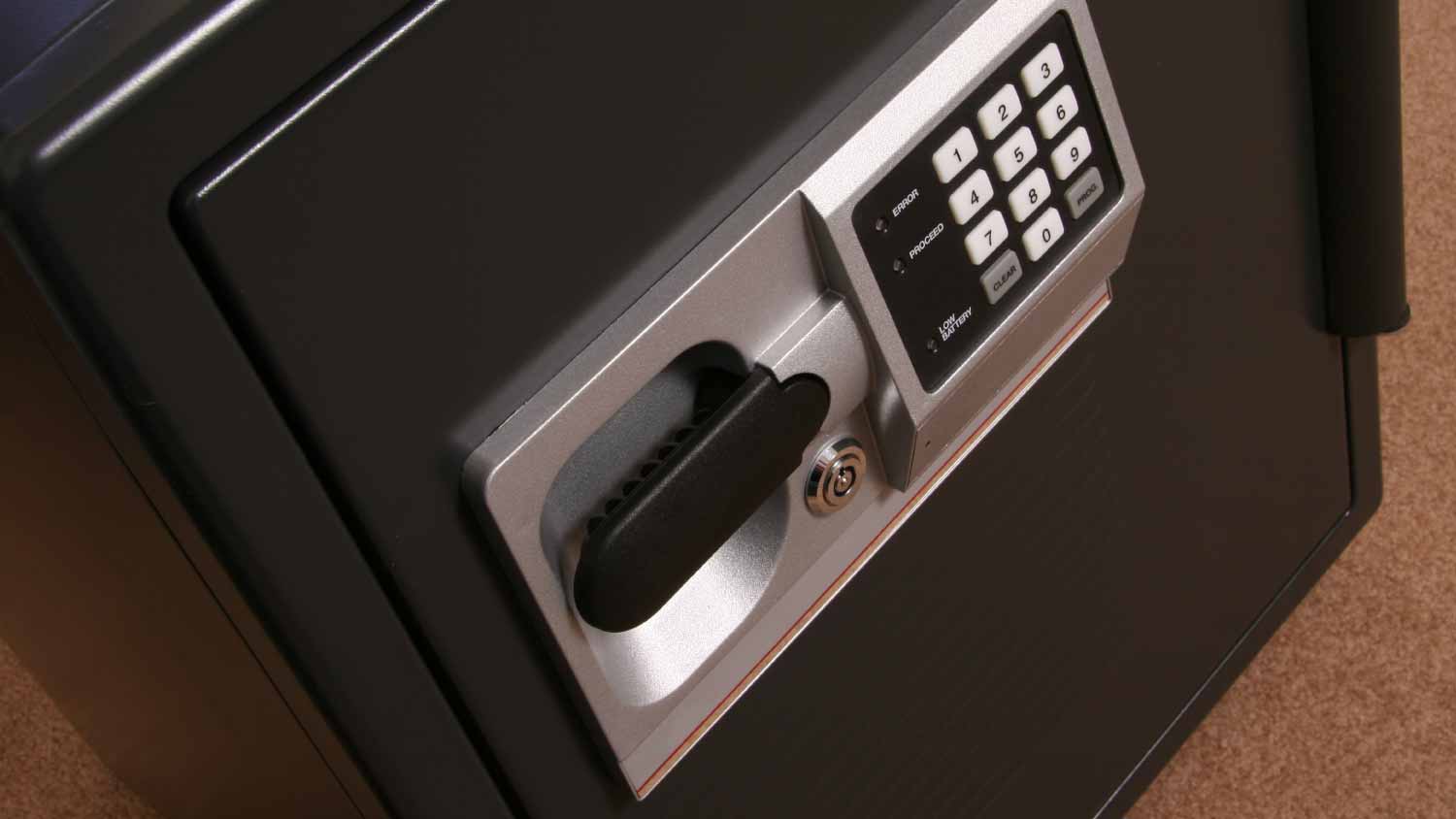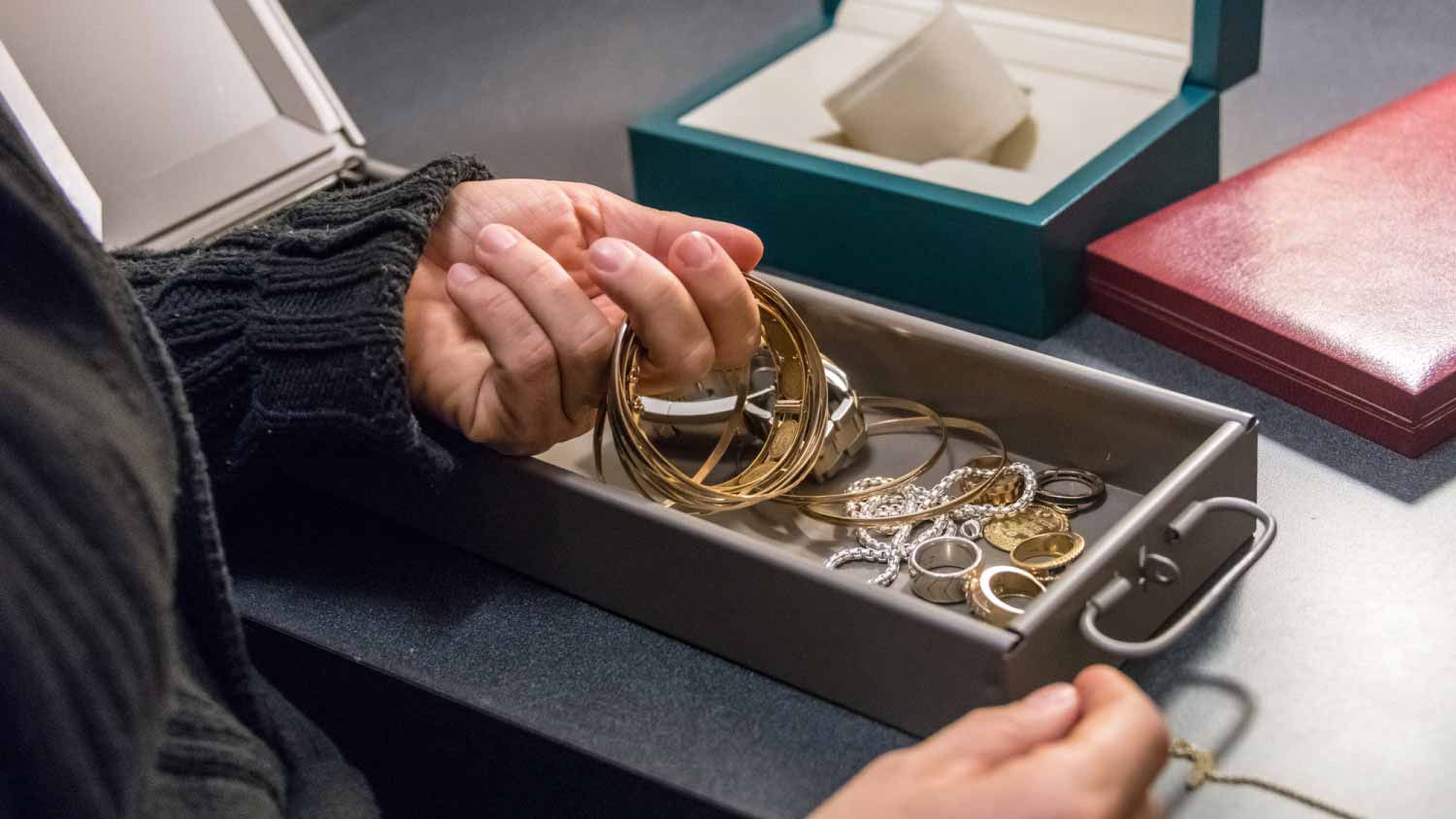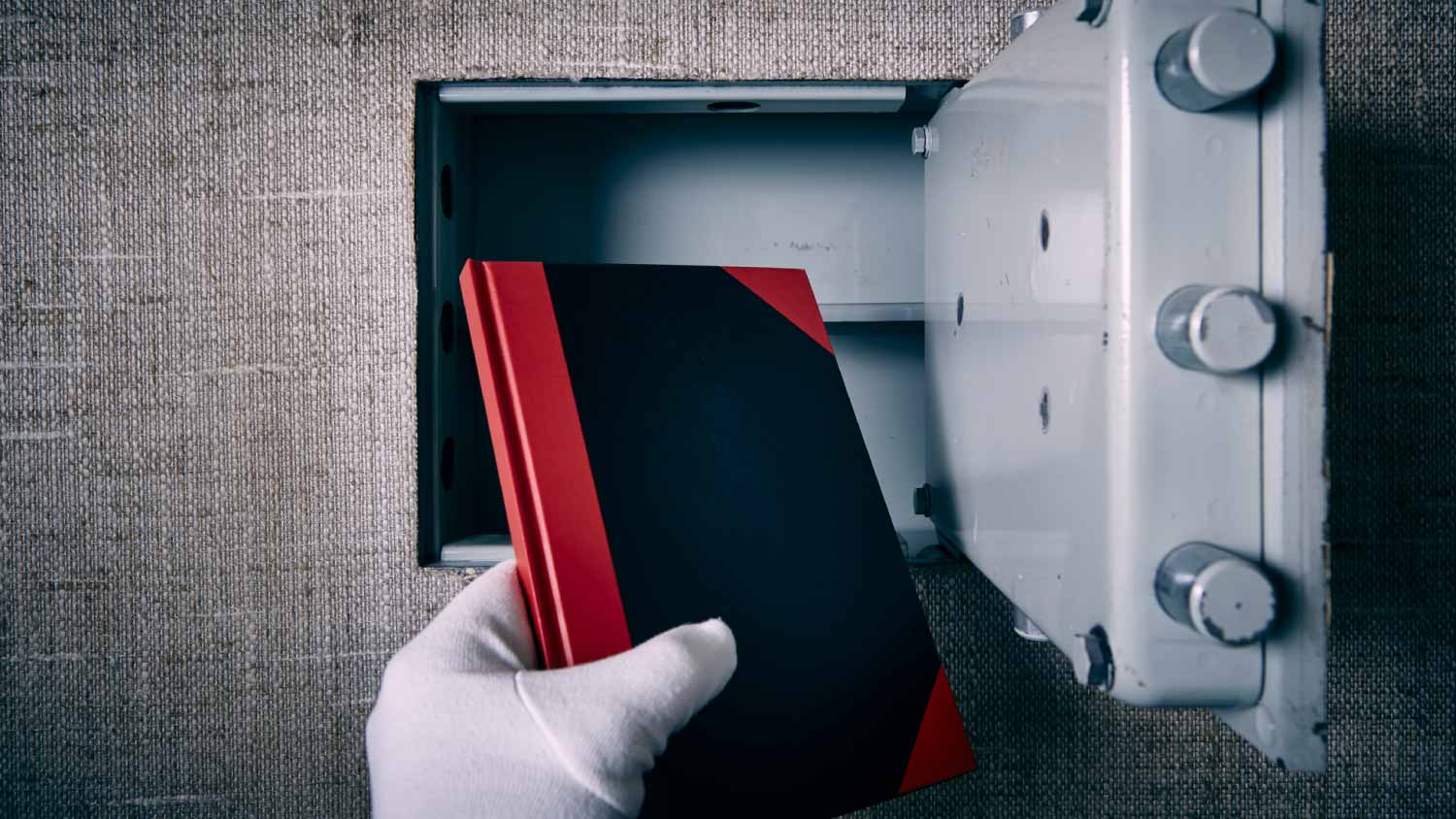
How much does it cost to install a doorbell camera? It depends on whether you plan to DIY or hire a pro. Learn about different models and their power sources, too.
Peace of mind for every situation


Certain items in your home require increased protection, whether it’s jewelry, firearms, or important documents. The most effective way to keep these valuables secure is by placing them in a safe—but with an array of safes available in different sizes, at varying prices, and with assorted features, it can be tricky to narrow down your options. We’re here to simplify the process and help you find the right one by detailing the 10 most common types of safes below.
Many categories overlap when it comes to safes, and fire-resistant safes are no different. After all, most safes are fire-resistant to some degree. The key is for how long and at what temperature. Some safes are certified to protect items for 30 minutes at a certain temperature, others for up to two hours. Manufacturers usually list these details in the product description. Naturally, longer resistance against hotter temperatures is preferred.
Fire-resistant safes are generally better for storing essential documents than money or jewelry because they are not always burglar-proof. If you plan to purchase a fireproof safe for documents, it’s worth getting one that’s waterproof, too.

The primary purpose of a burglary safe is to guard against theft more than man-made or natural disasters. They’re great for stashing valuables like gold, jewelry, or cash. These safes tend to be heavy, so would-be burglars can’t carry them. Ideally, they have thick deadbolts, keypad lockout penalties, and doors too solid to drill. Another handy feature of a burglary safe is a relocker, a mechanism that locks the safe upon manipulation from drills, torches, crowbars, or other means of theft.
Gun safes are designed to store various kinds of firearms, including handguns and long guns. They prevent theft and are a valuable safety measure, keeping firearms away from children and other household members. Safes for long guns are usually rectangular and range from a couple hundred to a few thousand dollars. Safes for handguns are often smaller, portable, and less expensive. Gun safes are generally more secure than gun lockers and cabinets, as the former better withstand fires, flooding, and attempted burglary.

Jewelry safes are the best way to protect expensive accessories and family heirlooms, like rings, earrings, and necklaces. These safes, in particular, come in a range of sizes. Some are small enough to keep on your vanity, while others are extremely large and heavy. Two standard features distinguish jewelry safes from other styles. First, they are typically lined with velvet to avoid scratching jewelry. Second, they have multiple drawers and compartments to keep jewelry organized. If you have a lot of valuables, it could be worth the cost to install a home security system, too.
Drop safes, also called depository safes, can be identified by an external slot or drawer that lets users insert money or documents without opening the safe itself. In the digital era, they are more practical for small businesses than home use, but they still bear mentioning. However, if you’re specifically looking to store cash regularly, this is a practical and comparatively affordable option.
Along with the overall quality of a safe, the location of a safe is important, too. Floor safes are especially discrete because they are installed flush into the floor and can be concealed with furniture or a rug. Even if an intruder finds a floor safe, they are nearly impossible to remove because they are embedded into concrete. If you need help setting up a floor safe, check out safe installation pros in your area.

Like floor safes, wall safes emphasize covertness by being installed flush into a wall. They are mounted on wall studs and are extremely difficult to remove, let alone break into. Homeowners usually place artwork over wall safes to hide them from view. All manner of items can be stored inside a wall safe, from passports and jewelry to watches and firearms. Most wall safes utilize combination or fingerprint locks instead of keys, partially as a safety measure and partly to avoid users misplacing the key. If a key is lost, hiring a locksmith costs around $50 to $200 on average.
Many travelers use portable safes to keep track of essential items on the go. This can include keys, passports, cell phones, and other electronics. Portable safes are small and affordable but aren’t as secure as home safes on average. Aside from burglars grabbing a portable safe and running off, they often have thinner steel and shorter deadbolts.
Hidden safes can lean toward being more of a novelty than something you want to rely on to hide valuables. They resemble typical household items—like a book, plant, or wall outlet—and are meant to be hidden in plain sight. They can undoubtedly conceal and protect small things but are, by and large, easier to break into if discovered.

Commercial safes are larger, heavier, more expensive, and more advanced than a typical home safe. That said, many of the categories listed above can be used by business owners as long as they adequately protect against fire, water damage, and theft. Some commercial safes (also referred to as business safes) have internal and external cameras, fire and burglary alarms, and real-time video surveillance.
To pick the best safe for your home, start by figuring out what style you need. There are more styles than the 10 listed above, but they provide a thorough overview. Figuring this out is easier if the items you plan to store fit a specific style—e.g., jewelry is best stored in a jewelry safe. From there, you can narrow the options by deciding on size, price, and security features. Knowing what qualities you value in a safe, like high fire-resistance ratings, makes the process easier. Similar qualities can also help you determine how to choose a home security system.
From average costs to expert advice, get all the answers you need to get your job done.

How much does it cost to install a doorbell camera? It depends on whether you plan to DIY or hire a pro. Learn about different models and their power sources, too.

Motion-sensor lighting costs vary greatly because they have so many customizations available. Learn more by using this cost guide about motion-sensor lights.

From warding off intruders to protecting from falls, bars on windows can make a home much more secure. Here’s how much it costs to install bars on windows.

When it comes to home security, you’ll want to do things right. Use this guide to measure your windows and learn how to install bars on windows properly.

Learn how to secure an apartment by fortifying entry points, using tech, and building neighborly bonds with these 12 tips.

To keep your property and loved ones safe, you might consider a security door for exterior entry points. Learn how to install a security door yourself.